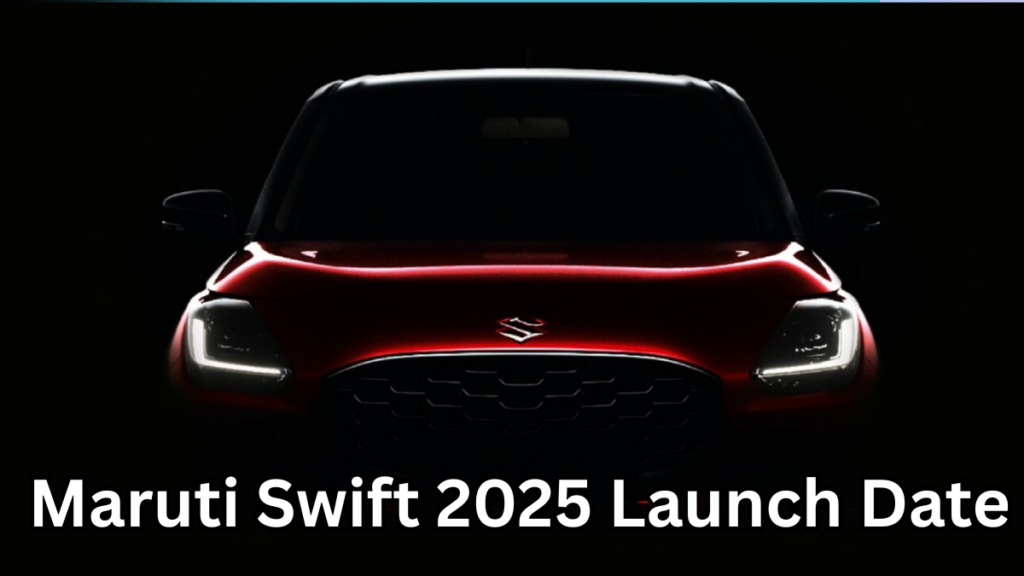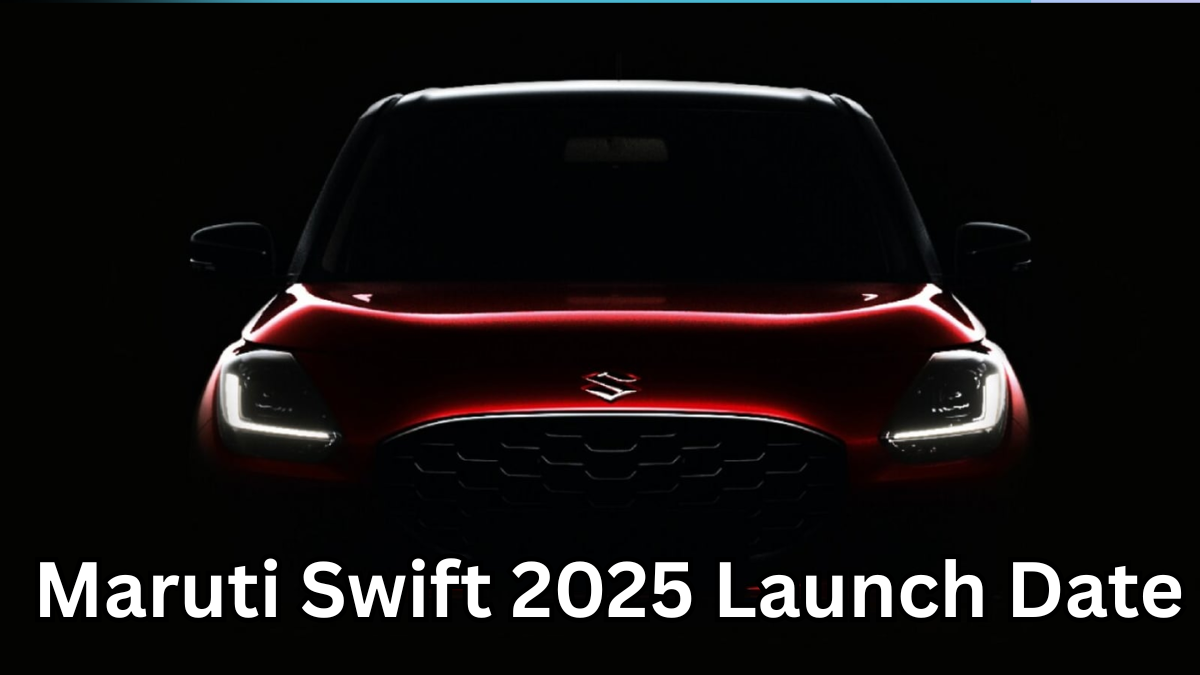As we speed toward a cleaner automotive future, the global spotlight is shifting to hydrogen-powered cars. While electric vehicles (EVs) have dominated headlines for years, hydrogen fuel cell vehicles (FCVs) are quietly gaining traction. The year 2025 may mark a major turning point in how countries prioritize hydrogen over conventional fuels.
Let’s explore which nations are investing big in hydrogen vehicles — and what this means for car lovers eyeing the future of sustainable transportation.

Why Hydrogen Cars?
Hydrogen fuel cell vehicles generate electricity by combining hydrogen with oxygen, producing only water vapor as a byproduct. That means zero tailpipe emissions — a dream for environmental advocates and future-forward car manufacturers alike.
Advantages of Hydrogen Vehicles:
-
Quick Refueling: Comparable to gasoline — around 3–5 minutes
-
Longer Driving Range: Often greater than electric cars
-
Minimal Emissions: Only water vapor
-
Great for Heavy-Duty Transport: Trucks, buses, and even trains
Global Leaders in Hydrogen Cars: Who’s Paving the Way?
Several countries are pushing forward with hydrogen vehicle infrastructure, incentives, and production strategies.
Hydrogen Car Investments by Country
| Country | Key Highlights |
|---|---|
| Japan | Home to Toyota Mirai; aims to be a global hydrogen economy by 2030 |
| South Korea | Hyundai leads with Nexo; govt aims for 6 million FCVs by 2040 |
| Germany | Strong hydrogen infrastructure push; over 100 stations already active |
| China | Largest FCV market in Asia; plans for 1 million hydrogen vehicles by 2030 |
| United States | California leads with stations and incentives; Honda, Toyota, Hyundai active |
The European Push: Clean Fuel for a Clean Future
Europe, led by Germany, France, and the UK, is investing billions into hydrogen fuel technologies. From public transport fleets to subsidies for hydrogen-powered SUVs, the EU is making hydrogen part of its long-term decarbonization plan.
Japan & South Korea: Pioneers of Hydrogen Mobility
Both Japan and South Korea are not just building vehicles — they’re building entire ecosystems around hydrogen.
Highlights:
-
Toyota continues to improve the Mirai, one of the world’s leading hydrogen sedans
-
Hyundai‘s Nexo and hydrogen trucks are proving hydrogen works even in commercial fleets
-
Subsidies and infrastructure build-outs make these countries ideal hydrogen testbeds
China: Scaling Fast and Hard
China may not be the first country to roll out hydrogen cars, but its scale is unmatched. The government plans to:
-
Have 50,000 hydrogen vehicles on the road by 2025
-
Ramp up investment in refueling stations and production
-
Incentivize domestic manufacturers to develop green hydrogen tech
The US Story: California at the Forefront
While the U.S. hasn’t gone full-throttle like Asia or Europe, California has become a hotbed for hydrogen innovation.
What’s happening in the U.S.:
-
Over 50 public hydrogen stations (mostly in California)
-
Incentives for buying FCVs like the Toyota Mirai and Honda Clarity
-
Federal funding to support green hydrogen projects
India’s Role in the Hydrogen Revolution
India is just beginning its journey with hydrogen mobility. The government’s National Green Hydrogen Mission aims to:
-
Promote domestic production of green hydrogen
-
Develop hydrogen fuel cell buses and heavy vehicles
-
Encourage auto brands to explore hydrogen R&D
While most eyes are on electric cars, hydrogen is creeping into the conversation — especially with the Maruti Swift facelift and the growing buzz around Swift 2025 features.
What Does This Mean for Future Car Buyers?
Consumers in 2025 will have more options than ever — from electric to hybrid to hydrogen-powered vehicles. As the Maruti Swift 2025 Launch Date nears, many car lovers are comparing new Swift specs with greener alternatives.
Car buyers may soon weigh:
-
Do I go electric for home charging convenience?
-
Or opt for hydrogen for faster refueling and longer range?
It’s an exciting time to be in the market!
Quick Recap: Countries Betting Big on Hydrogen Cars
| Rank | Country | Focus Areas |
|---|---|---|
| 1 | Japan | National hydrogen strategy, Mirai |
| 2 | South Korea | 6M FCVs by 2040, Hyundai innovation |
| 3 | Germany | Public investment, station network |
| 4 | China | Rapid scaling, government subsidies |
| 5 | United States | California leadership, federal funding |
| 6 | India | Emerging market, early R&D initiatives |
FAQs
1. Are hydrogen cars better than electric vehicles?
Hydrogen cars offer faster refueling and longer range, making them ideal for commercial or long-distance driving. However, EVs currently have a wider infrastructure and more models available for consumers.
2. Will Maruti launch a hydrogen variant of the Swift in 2025?
As of now, there’s no official confirmation of a hydrogen-powered Swift. However, the Maruti Swift 2025 Launch Date and the newly announced Swift 2025 features suggest a strong emphasis on fuel efficiency and eco-friendliness.
3. How many hydrogen stations are there globally?
There are over 1,000 hydrogen fueling stations worldwide, with most located in Japan, South Korea, Germany, and California.
4. How does the new Swift compare with green vehicles?
While new Swift specs focus on improved mileage and upgraded interiors, hydrogen and EVs remain more eco-friendly choices. Still, the Maruti Swift facelift is a strong contender for those looking for a reliable, fuel-efficient ride.
Click here to learn more
